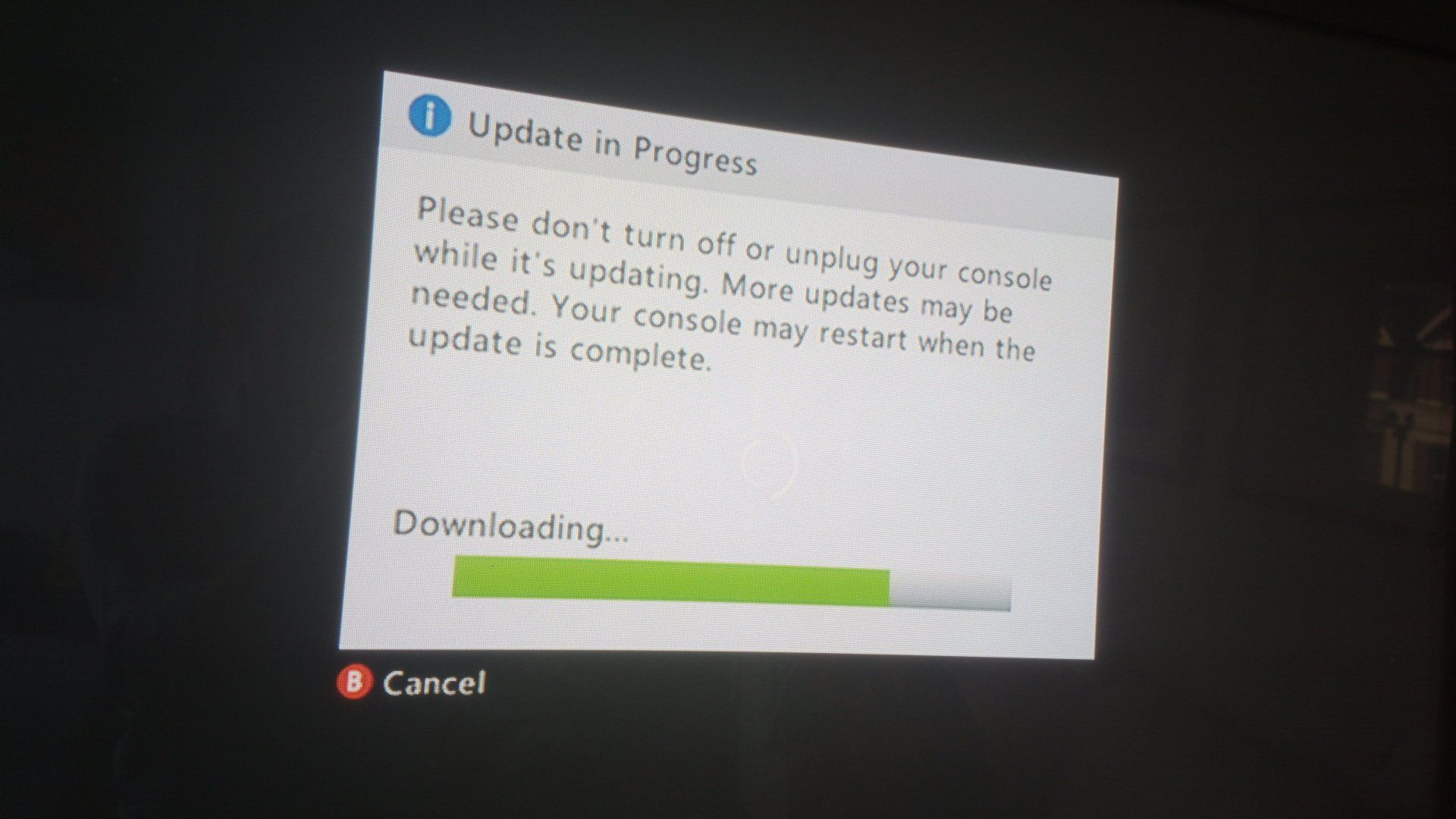Just How Do Those Transfer on Death Accounts Work?
July 21, 2019
“Transfer on death (TOD) accounts can keep your estate planning intact, while keeping your beneficiaries out of court. If you’re among the 57% of adults who don’t currently have a will or trust, your family is likely headed to probate court.”
Even estates with wills usually do go to probate court. This is not a major issue in some states and an expensive headache in others. By changing some accounts to transfer on death (TOD), you can avoid some assets going through probate, says Yahoo!
Finance in the article “Transfer on Death (TOD) Accounts for Estate Planning.”

Here’s how it works:
A TOD account automatically transfers the assets to a named beneficiary, when the account holder dies. Let’s say you have a savings account with $100,000 in it. Your son is the beneficiary for the TOD account. When you die, the account’s assets transfer to him.
A more formal definition: a TOD is a provision of an account that allows the assets to pass directly to an intended beneficiary, the equivalent of a beneficiary designation. Note that the laws that govern estate planning vary from state to state, but most banks, investment accounts and even real estate deeds can become TOD accounts. If you own part of a TOD property, only your ownership share transfers.
TOD account holders can name multiple beneficiaries and split up assets any way they wish. You can open a TOD account to be split between two children, for instance, and they’ll each receive 50% of the holdings, when you pass.
One thing to bear in mind: the beneficiaries have no right or access to the TOD account, while the owner is living. The beneficiaries can change at any time, as long as the TOD account owner is mentally competent. Just as assets in a will can’t be accessed by heirs until you die, beneficiaries on a TOD account have no rights or access to a TOD account, until the original owner dies.
Simplicity is one reason why people like to use the TOD account. When you have a properly prepared will and estate plan, the process is far easier for your family members and beneficiaries. The will includes an executor, who is the person who takes care of distributing your assets and a guardian to take care of any minor children. Absent a will, the probate court will determine who the next of kin is and distribute your property, according to the laws of your state.
A TOD account usually requires only that a death certificate be sent to an agent at the account’s bank or brokerage house. The account is then re-registered in the beneficiary’s name.
Whatever is in your will does not impact the TOD account. If your will instructs your executor to give all of your money to your sister, but the TOD account names your brother as a beneficiary, any money in the account is going to your brother. Your sister will get any other assets. In this way, a TOD account is a simple way to set aside money for someone without altering an established trust and will if the funds are not being moved in violation of the trust.
Beware the need to run this by your estate planning attorney; in some states, marital rights might override a designation of beneficiary on a TOD account.
Speak with an estate planning attorney about how a TOD account might be useful for your purposes.
Reference:
Yahoo! Finance
(June 26, 2019) “Transfer on Death (TOD) Accounts for Estate Planning”

When names change, executing documents with the person’s prior name can become problematic. In estate planning documents, where there are risks about being able to make decisions in a timely manner or to mitigate the possibility of an estate challenge, a name change to update documents is an ounce of prevention.

Even if you have taken good care of your finances over the years, adding a child to the family can change your financial situation significantly. This is why experts recommend parents begin planning for their financial security as soon as possible. Here are a few tips for parents on how to get started with financial planning.

With hurricanes, tropical storms and wildfires becoming routine events, data from the National Poll on Health Aging suggest that older adults, loved ones and their care providers should take time to prepare for how they will cope and communicate in an emergency. The question is not if something will occur, but when. Having a plan in place for disaster is important for seniors. So is having an estate plan, to prepare for life’s unexpected occurrences. If you don’t have an estate plan, speak with an estate planning attorney soon to have a will, power of attorney, healthcare proxy and other planning documents in place.

“While it’s not something many people think about until faced with the issue, obtaining a credit report for a deceased person is important. You may need to make sure the credit report is accurate and take stock of any creditors you need to notify of the death or see if there’s any unresolved debt that you’re not aware of.”






